Diesel Timing Belt: Replacement Interval & Installation
In diesel generator maintenance, few components carry as much importance as the timing system. The Diesel timing belt plays a critical role in synchronizing the engine's camshaft and crankshaft, ensuring precise valve timing for optimal combustion efficiency. When this component fails, the consequences can be catastrophic—from bent valves and damaged pistons to complete engine failure. Understanding proper replacement intervals and correct installation procedures is not just maintenance; it's an essential practice for protecting your power generation investment and preventing costly operational downtime.
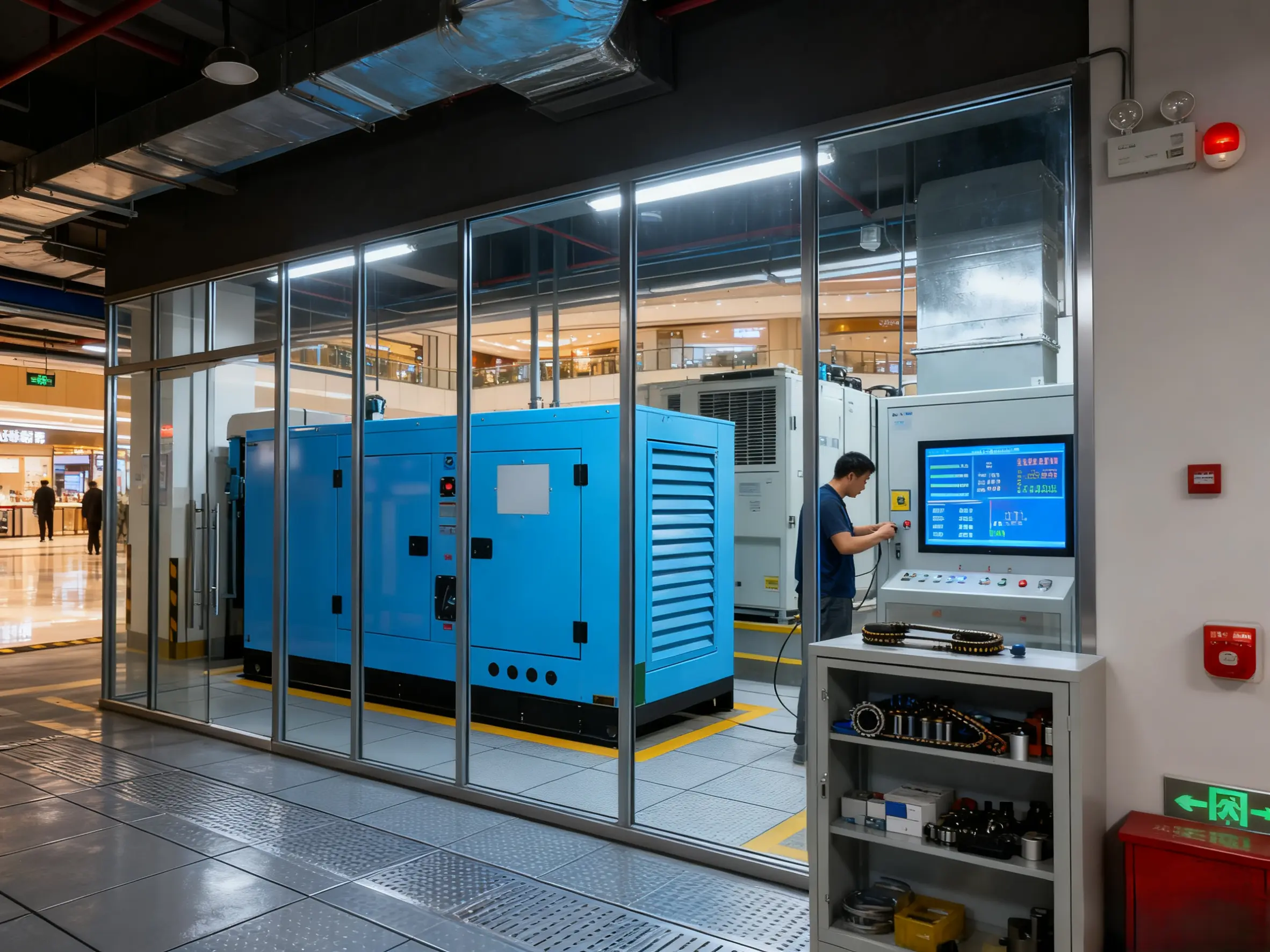
Replacement Intervals
Following manufacturer-recommended replacement intervals is the single most effective strategy for preventing timing belt failures. While general guidelines exist, specific requirements vary by engine model and operating conditions.
Standard Intervals: Most diesel generators require Diesel timing belt replacement between 60,000 to 100,000 operational hours or 3-5 years of service, whichever comes first.
Severe Service Conditions: Applications with frequent start-stop cycles, extreme temperatures, or high dust environments may necessitate more frequent replacement—as often as every 40,000 hours.
Preventive Approach: We recommend replacing the belt at the lower end of the manufacturer's suggested range, as the cost of preventive replacement is significantly lower than engine repair following failure.
Inspection Procedures
Regular inspection can identify early warning signs before catastrophic failure occurs. Implement these inspection protocols between scheduled replacements:
Visual Examination: Check for cracks, fraying, glazing, or uneven wear patterns on both the tooth and back sides of the belt.
Tension Assessment: Verify proper belt tension according to manufacturer specifications—typically ½ to ¾ inch of deflection at the midpoint between pulleys.
Component Alignment: Inspect pulley alignment using straightedges or laser alignment tools to prevent premature wear.
Contamination Check: Look for oil, coolant, or fuel leaks that could deteriorate the belt material and reduce service life.
Required Tools and Parts
Proper replacement requires specific tools and genuine components to ensure reliable operation:
Essential Tools:
Complete socket set with torque wrench
Timing light or dial indicator
Specialized locking tools for camshaft and crankshaft
Belt tension gauge
Pulley holding tools
Replacement Parts:
Genuine OEM Diesel timing belt
Tensioner and idler pulley assembly
Timing cover gaskets
Seal inspection kit
Installation Steps
Correct installation following methodical procedures ensures long-term reliability:
Preparation:
Disconnect battery terminals to prevent accidental starting
Clean the work area to prevent contamination
Remove accessory belts and timing covers
Engine Positioning:
Rotate engine to Top Dead Center (TDC) on cylinder #1
Install timing lock tools on camshaft and crankshaft
Mark existing timing marks for verification
Belt Replacement:
Release tensioner mechanism and remove old belt
Clean pulley surfaces without solvents
Install new Diesel timing belt following precise routing diagrams
Apply correct tension following manufacturer specifications
Verification:
Rotate engine manually through two complete cycles
Reverify timing marks align perfectly
Confirm proper tension remains after rotation
Common Installation Mistakes
Avoid these frequent errors that compromise timing system integrity:
Incorrect Tension: Over-tensioning causes bearing wear; under-tensioning leads to skipping teeth
Misaligned Pulleys: Even minor misalignment reduces belt life by up to 70%
Forced Installation: Using tools to stretch the belt onto pulleys damages cord structure
Reusing Stretched Belts: Once removed, a belt should never be reinstalled
Ignoring Component Wear: Failing to replace tensioners and idlers with the belt
Troubleshooting Tips
Identify and address these common timing system issues:
Abnormal Noises:
Whining sounds often indicate overtightened belts
Slapping noises suggest insufficient tension
Squealing during startup typically points to worn tensioners
Performance Issues:
Difficult starting may signal timing misalignment
Power loss or excessive smoke can indicate incorrect valve timing
Engine misfires often relate to timing that has jumped teeth
Maintenance Recommendations
Extend service life and prevent unexpected failures with these practices:
Documentation: Maintain detailed service records including replacement dates and operational hours
Regular Inspection: Implement visual inspections every 500 operating hours
Component Replacement: Always replace tensioners, idlers, and seals with the Diesel timing belt
Genuine Parts: Use only manufacturer-approved components to ensure compatibility and reliability
Conclusion
The Diesel timing belt represents both a vulnerable component and critical insurance for your generator's engine. Adhering to disciplined replacement intervals and precision installation practices prevents the disproportionate costs of engine repairs following timing failure. By implementing the systematic approach outlined—from proper interval observation to meticulous installation techniques—you ensure this small component doesn't become the cause of major operational disruption. Remember that professional installation with genuine parts provides reliability that shortcuts cannot match.
Our technical team provides expert timing system service and uses only genuine components for all maintenance procedures. For professional timing belt replacement or generator maintenance advice, contact our specialists at skala@whjlmech.com.
References
Generator Manufacturers Association. (2021). Maintenance Guidelines for Diesel Generator Timing Systems. GMA Technical Publication TP-112.
International Organization for Standardization. (2018). *ISO 8528-5:2018 Reciprocating internal combustion engine driven generating sets — Part 5: Generating sets*.
Johnson, M. (2022). Emergency Power Systems: A Comprehensive Guide to High-Speed Diesel Generators. Power Engineering Quarterly, 45(3), 78-92.
National Fire Protection Association. (2020). Standard for Emergency and Standby Power Systems (NFPA 110).
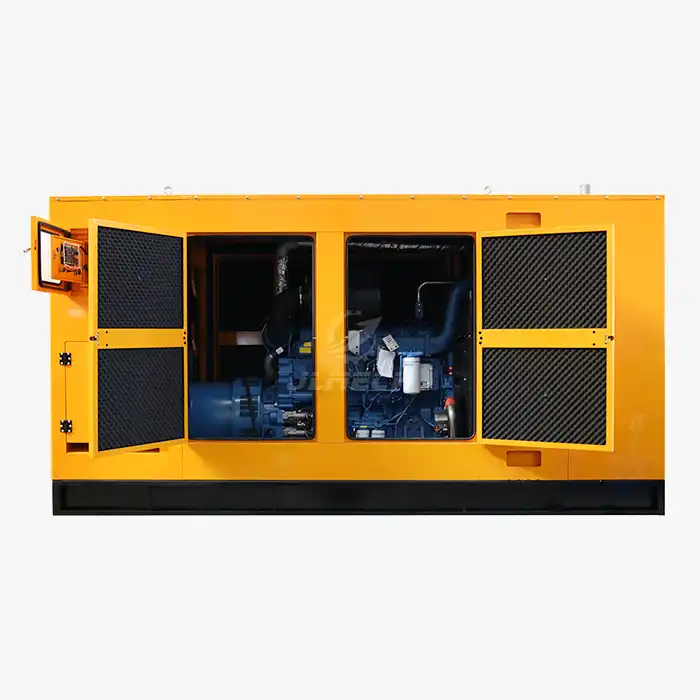 VIEW MOREPortable diesel unit set
VIEW MOREPortable diesel unit set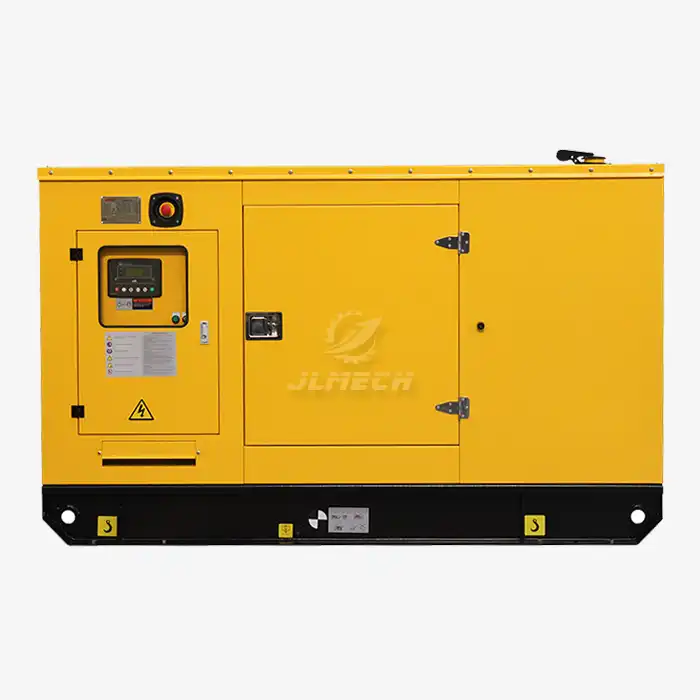 VIEW MORE80KW 60Hz 220V diesel generator
VIEW MORE80KW 60Hz 220V diesel generator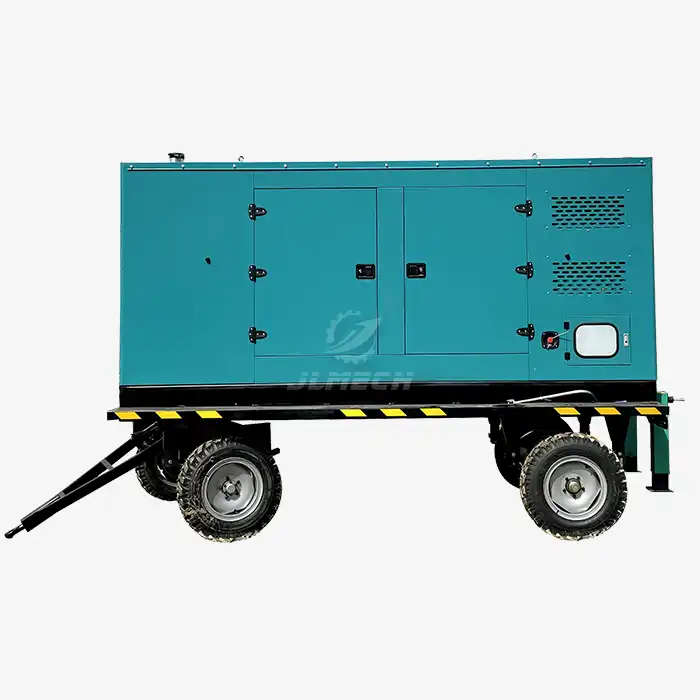 VIEW MOREPortable Type Diesel Generator
VIEW MOREPortable Type Diesel Generator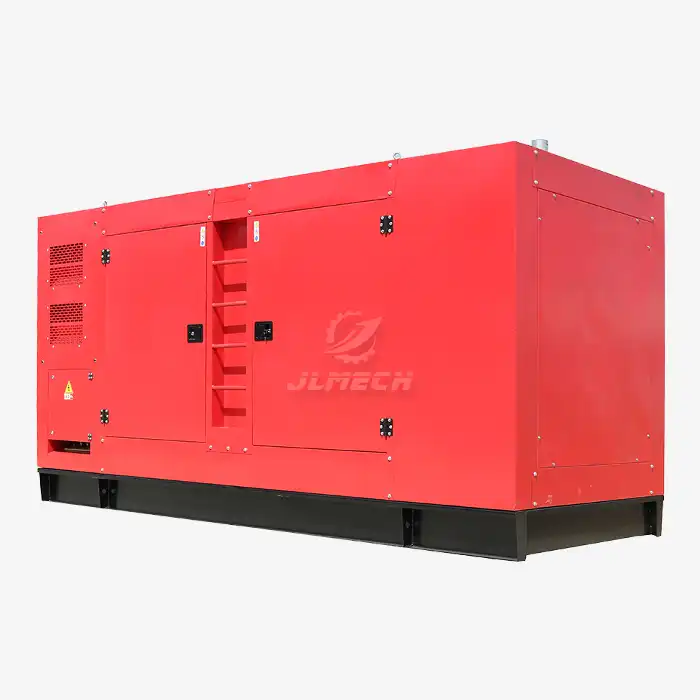 VIEW MOREFully Enclosed Generator Set
VIEW MOREFully Enclosed Generator Set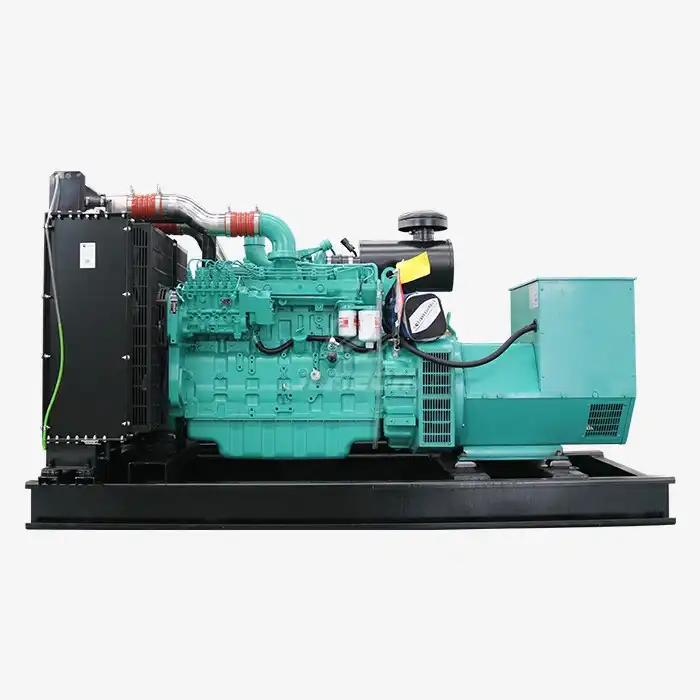 VIEW MORESilent water-cooled generator
VIEW MORESilent water-cooled generator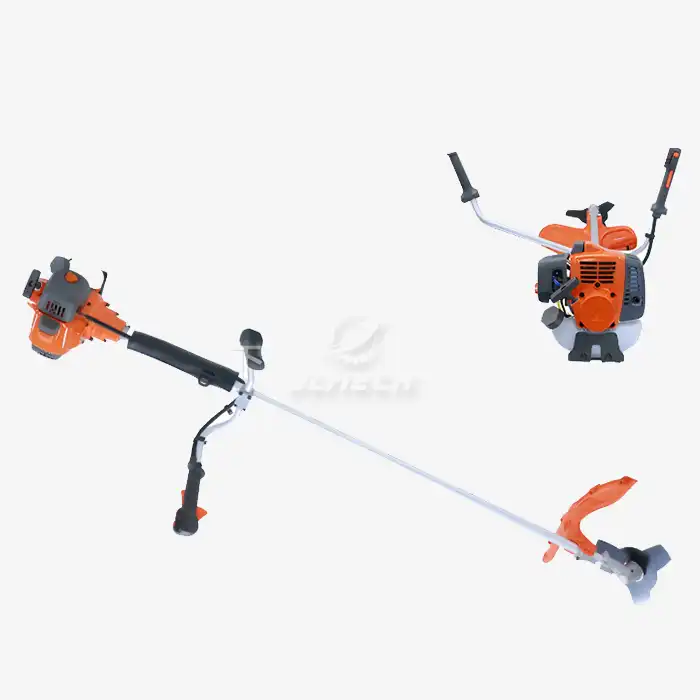 VIEW MOREbrush trimmer machine
VIEW MOREbrush trimmer machine VIEW MORE3 phase perkins generator 60kva diesel generator
VIEW MORE3 phase perkins generator 60kva diesel generator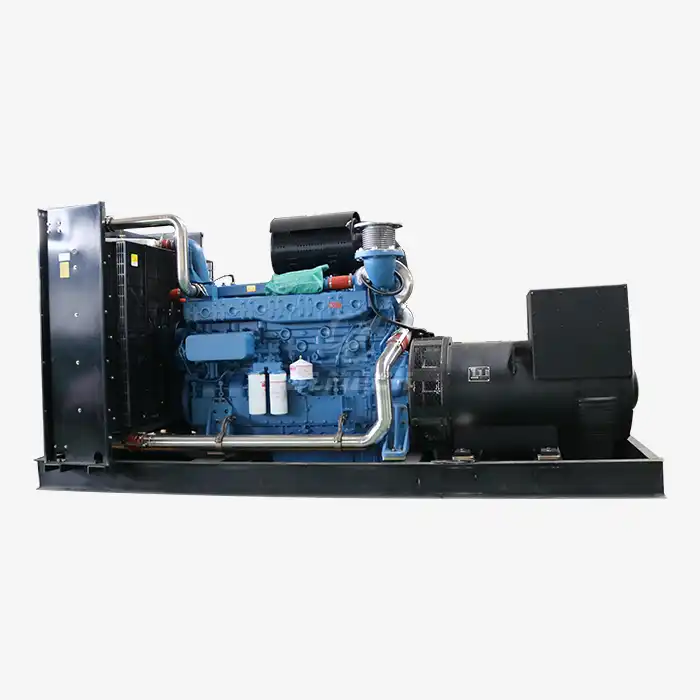 VIEW MOREdiesel generator yuchai 80kva
VIEW MOREdiesel generator yuchai 80kva



